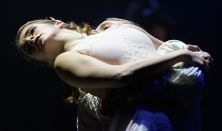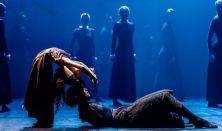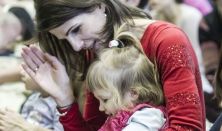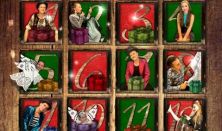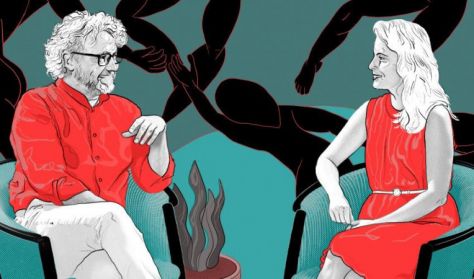
Lábujjhegyen • Megyeri Léna - Bősze Ádám
In the new On Tiptoe series, dance critic Léna Megyeri and music historian Ádám Bősze invite each other (and, of course, the audience) to play a game. Each one of their presentations is focused on a certain keyword or topic and invokes legendary figures, key masterpieces and intriguing stories of dance and music history.



